Shadow IT is the use of technology systems, applications or services within an organisation without the approval or knowledge of an IT department. This often occurs when staff adopt unauthorised solutions to address their needs or enhance their productivity.
In today’s technology-driven landscape, Shadow IT has become increasingly prevalent across various industries, including the nonprofit sector. Shadow IT poses a threat to charity cyber security, such as centralised control, data protection and much more.
Let’s take a deeper dive into Shadow IT. What are the risks involved? How do we mitigate them?
Understanding Shadow IT
Shadow IT is the use of technology solutions within an organisation without official approval or oversight from IT departments. With the rise in hybrid working solutions, software as a service (SaaS Applications), including cloud based services, have led to a rise of Shadow IT. Nonprofit organisations may be particularly vulnerable to Shadow IT due to a lack of centralised control, resource constraints and expertise. This increases the need for the implementation of a quick solution.
Shadow IT includes:
- Cloud storage services (e.g., Dropbox, Google Drive)
- Instant messaging and collaboration tools (e.g., Slack, Microsoft Teams)
- Project management tools (e.g., Trello, Asana)
- Personal email accounts for work-related communication
- Personal mobile devices or apps used for work purposes
- Social media platforms for organisational communication and marketing
- Personal file-sharing services (e.g., WeTransfer, SendAnywhere)
- Web-based productivity tools (e.g., Google Docs, Microsoft Office Online)
- Web conferencing tools (e.g., Zoom, Skype)
- Personal software applications for specific tasks (e.g., graphic design, video editing)
It’s important to note that the above examples can be legitimate tools if they are part of your charity’s approved applications. However, without proper protocols and approval processes in place, staff members may acquire and use these applications without proper authorisation, leading to potential security vulnerabilities and data protection risks associated with Shadow IT.
The Appeal & Pitfalls of Shadow IT for Charities
Charities and nonprofit organisations may be more drawn to the idea of Shadow IT solutions due to the fact it could save the cost of hiring an in-house IT team or outsourcing. It also means the organisation can address needs immediately without having to wait for an IT team to implement the solutions.
It can sometimes look innocuous when employees turn to shadow IT. For example, they may use an unauthorised online file sharing service to transfer data to an individual outside of the charity. The intention of this may be to maintain day today workflow efficiency. However, there are several pitfalls that could affect organisations tempted to turn to Shadow IT. This includes security vulnerabilities and a lack of centralised management of your charity’s IT applications. Let’s delve into more of the risk of Shadow IT for charities.
Risks of Shadow IT for Charities
There are several risks associated with Shadow IT that could affect a nonprofit organisation. Below are a few examples.
1. Data Security and Privacy
By using Shadow IT solutions, there will be an abundance of data security issues that could lead to charity cyber attacks. This can be anything from data breaches, and data leaks, to compliance issues. Making sure your security measures are adequate is vital, especially in a world of constantly evolving cyber threats.
2. Lack of Control
Shadow IT in charity organisations can result in a lack of control over technology assets. This can lead to inefficiencies and potential conflicts with existing systems. When implementing a solution, it is important to ensure it will fit within your current IT environment and not cause any discrepancies.
3. Operational Disruption
Often, unsupported applications might failover. This will cause disruptions to critical charity operations and will affect efficiency and productivity within the workplace.
4. Loss of Donor Trust
If donors experience a data breach due to an organisation’s Shadow IT solutions, this will most likely harm the charity’s reputation. The donor’s confidential details could be put at risk through the data breach and will therefore not look to support charity again.
5. Resource Allocation
As there will be people in-house implementing the Shadow IT solutions, this will divert resources from the core mission of the charity. This will affect the efficiency and productivity of the staff involved.
Mitigating Shadow IT Risks
Even though there are several pitfalls to Shadow IT, there are some practical strategies to manage and mitigate the risks within your organisation.
1. Education and Awareness
Before undergoing any Shadow IT employment, it’s highly important to educate your employees about the possible risks involved. Making sure communication is transparent throughout the whole process is also key so that if there are any issues, they can be mitigated quickly. Encouraging employees to communicate their IT needs and being receptive to their requests can also help with managing shadow IT take-up.
2. IT Governance
There should be a list of clear IT governance policies and guidelines to ensure that technology decisions align with the charity’s objectives. Follow these to make sure you’re implementing a solution that is right for your charity.
3. Vendor Management
It is important to make sure you review every detail of your vendor selection. When selecting third-party applications or services you need to make sure they align with your charity’s objectives and that they implement well with your current technology.
4. Regular Audits
Regular technology audits of your Shadow IT solutions will help to identify and address unauthorised applications. This way you can narrow down the applications that could potentially put your organisation at risk.
5. Collaboration
Your charity’s IT and procurement teams should work closely together to evaluate and approve technology solutions. This way there will be a larger set of staff and volunteers looking at the solutions and sharing the work of implementing them accordingly.
Defending the Mission: A Guide to Charity Cyber Security
If you are looking for some practical knowledge and guidance to champion your causes in the face of rising online threats check out our webinar Defending the Mission: A Guide to Charity Cyber Security – Charity IT Day 2023.
We explore the cybersecurity obstacles commonly faced by nonprofits and demonstrates how DNSFilter’s innovative solutions fortify organisations against malicious attacks.
Closing Remarks on the Risks of Shadow IT
Shadow IT poses significant risks to nonprofit organisations. It can lead to compliance failures, resulting in financial penalties for the organisation or management. There are several other potential risks involved with implementing Shadow IT, including compromising an organisation’s security posture.
However, charities can strike a balance between innovation and security by implementing proactive risk management strategies. This involves establishing IT policies, providing awareness and training to staff, strengthening IT governance, regular audits and investing in robust cybersecurity measures. By prioritising security while embracing technology, charities can fulfil their mission while safeguarding their organisation.
By prioritising security while embracing technology, charities can fulfil their mission while safeguarding their organisation.
Does your charity need help managing its IT resources? We can help!






